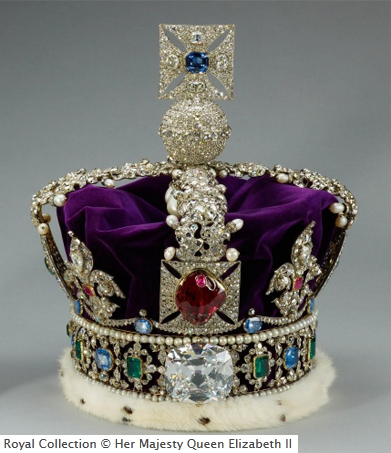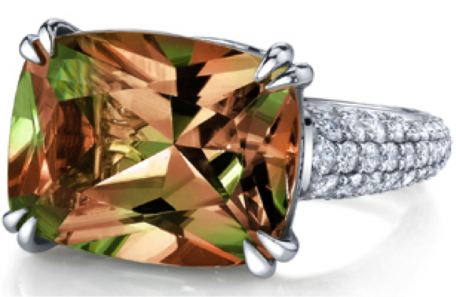Did you know that amethyst — February’s dazzling birthstone — is actually the purple variety of the mineral quartz? (more…)

Did you know that amethyst — February’s dazzling birthstone — is actually the purple variety of the mineral quartz? (more…)

For most people, when they think of January’s birthstone, they think of a deep red gemstone. But did you know that garnet can also be found in shades of yellow, orange, and even green? (more…)
Tanzanite, the December alternate to turquoise and zircon, was not discovered until 1967, so it is a relative newcomer to the list of birthstones. It is named for the one country on earth where it is currently found: Tanzania, in eastern Africa. Although discovered by others, Tiffany & Co. deserves the credit for naming the gem and popularizing it beginning with a big publicity campaign in 1968. (more…)

Queen Elizabeth ascended the throne in February 1952, more than 60 years ago. When she was coronated a year later, she wore the ultimate symbol of royal authority – the Imperial State Crown.
This is the quintessential crown. Set with 2868 diamonds in silver mounts, it has an open work gold frame and is fitted inside with a purple velvet cap and ermine fur headband. The jewels mounted on the frame are breathtaking. (more…)

Contrary to what many people may think, the word “synthetic” does not mean fake when it comes to gemstones. The term actually comes from the Greek word for “to put together.” People “build” or, more accurately, “grow” synthetic crystals. (more…)

Zultanite is an extremely rare gemstone used in jewelry design, and was a popular choice at the 2011 Couture conference, which features the most unique, innovative and inventive jewelry design. Famous jewelry designers such as Stephen Webster, Erica Courtney and Rhonda Faber Green all incorporated zultanite into their collections. Zultanite changes color in light, ranging from a kiwi green with flashes of yellow in sunlight conditions to raspberry hues in candlelight. (more…)